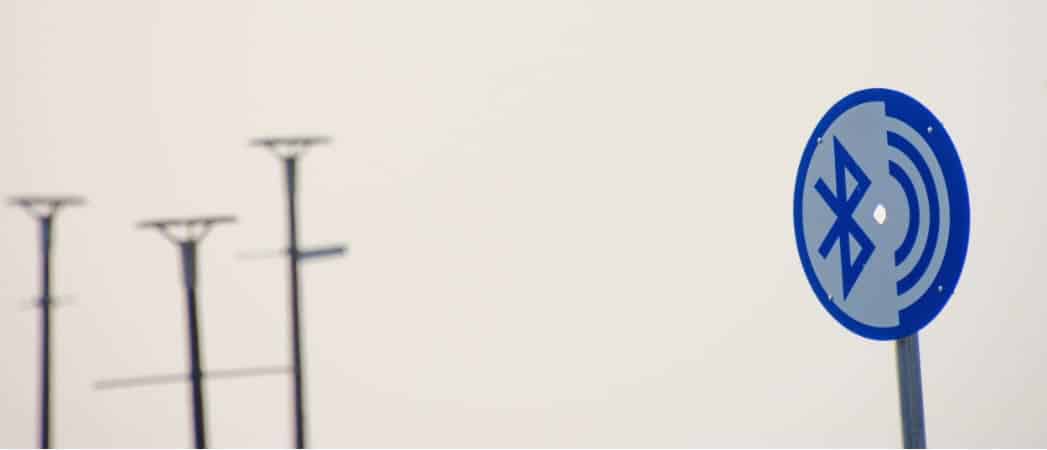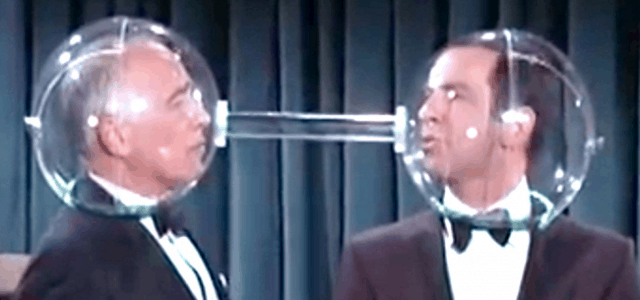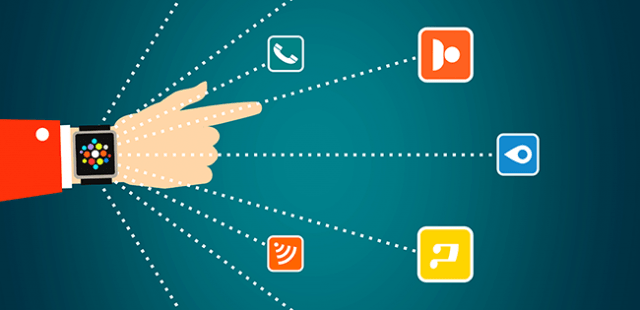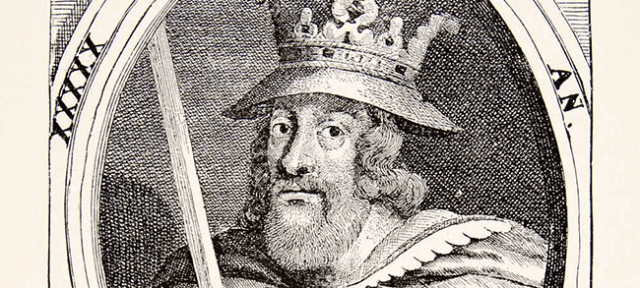What is Bluetooth Exactly?
Bluetooth is a communications technology that allows devices to talk to each other directly, instead of through an intermediary like a router, switch, or repeater. That sounds like how a plain old radio works, but it isn’t. Every day radio is a bit more of a fire hose approach to communication where Bluetooth is more like a super fine water jet. A radio station pumps a lot of power into their signal and sends it out over the airwaves indiscriminately. Bluetooth sacrifices power for precision.
Devices using it will only talk to each other if they have both agreed to it. They do that through a Link Management Protocol (LMP). Imagine two people in a room full of people talking all at once. That makes it difficult to carry on a conversation. Now imagine those two people had a tube that went directly between each other blocking out what everyone else is saying. Those two people have managed to create a link to each other that isolates their conversation from the noise around them. That makes the quality of the communication good. That tube, or cone of silence, also prevents other people from hearing the conversation so now it is protected. LMP does that through encryption and frequency hopping. Now you have increased the quality and security of communications.
That is what makes Bluetooth so unique and useful. You can have a room full of Bluetooth devices, but only the ones meant to talk to each other, will. The others won’t know what’s being said.
Bluetooth Signal
Bluetooth doesn’t use much power because it will only throw a signal strong enough to go about 30 feet. This is why such small devices like earpieces can run for hours and hours on such a small battery. A regular radio will go through several large batteries in just a few hours. The signal is narrow in bandwidth, meaning it’s good for basic data transfer like text. And we use it a lot for sound, but that starts to push the limits of Bluetooth.
What Can Bluetooth Connect To?
As long as the device is Bluetooth-capable, it can connect to any other Bluetooth capable device. Here are some examples of how Bluetooth can be used, other than headphones, mice, and keyboards, which are what you’re probably most familiar with. Smart Watches: Smartwatches like the Apple iWatch and fitness trackers like FitBit, can connect to your phone via Bluetooth. This allows them to share data with your phone for use in different apps. For example, the FitBit app gets all of its data by synchronizing directly with your FitBit through Bluetooth.
Internet Access Tethering: It’s possible to tether your laptop to your phone via Bluetooth. Then you can use your phone’s cellular data connection to provide Internet access to your laptop. You can do this via WiFi as well, but a Bluetooth connection will use less power and your phone battery will last longer. File Transfers: You can connect two devices via Bluetooth and transfer files between them. Perhaps you’d want to transfer some files from your computer to your phone, to take to a meeting. If both devices have Bluetooth, you should be able to do this. Printing: Many new printers are Bluetooth enabled. This allows you to print from your phone, tablet, or computer without having a wired or WiFi connection. Internet of Things Devices: As more ordinary home devices, like light bulbs and refrigerators, become ‘smart’, they will communicate with each other through Bluetooth. Expect that trend to continue. Some reports suggest we’ll have as many as 50 IoT devices in each home.
Why is it Called Bluetooth?
It wasn’t supposed to be called Bluetooth. That was just a code name for the project that created Bluetooth. They were going to come up with a better name for marketing. When the people from Intel, Ericsson, and Nokia came together to develop Bluetooth, Jim Kardash from Intel suggested the name. Bluetooth is the nickname of King Harald Gormsson who was famous for two things. In the year 958, King Gormsson united Denmark and Norway. He also had a tooth that was bluish-gray in appearance.
Kardash likened the technology to the unification of Denmark and Norway to uniting, “…the PC and cellular industries with a short-range wireless link.” Marketing had come up with the name RadioWire and PAN as possible replacements. PAN (personal area network) was a term already in common usage so they couldn’t trademark it. RadioWire took too long to trademark and Bluetooth technology had already been launched. People quickly adopted the name and it became the de facto trademark.
Keeping with the Scandinavian theme, the logo is a mashup of two Youngar Futhark runes. The Hagall rune, which resembles an asterisk, and the Bjarkan rune which resembles the letter B. These were also King Gormsson’s initials, so it just worked.
The Future of Bluetooth
The Bluetooth Special Interest Group (SIG) is a community of over 30,000 companies working on the Bluetooth standard constantly. There are many flavors of Bluetooth now, each having unique properties well-suited for their specific use. Currently, we’re at version 5.1. Each new version tends to give Bluetooth more speed and bandwidth, so it can be used for more and more things. But they also strive to improve the quality and security of Bluetooth as well. Expect to see Bluetooth in virtually every electronic device as the Internet of Things begins to grow.
![]()






